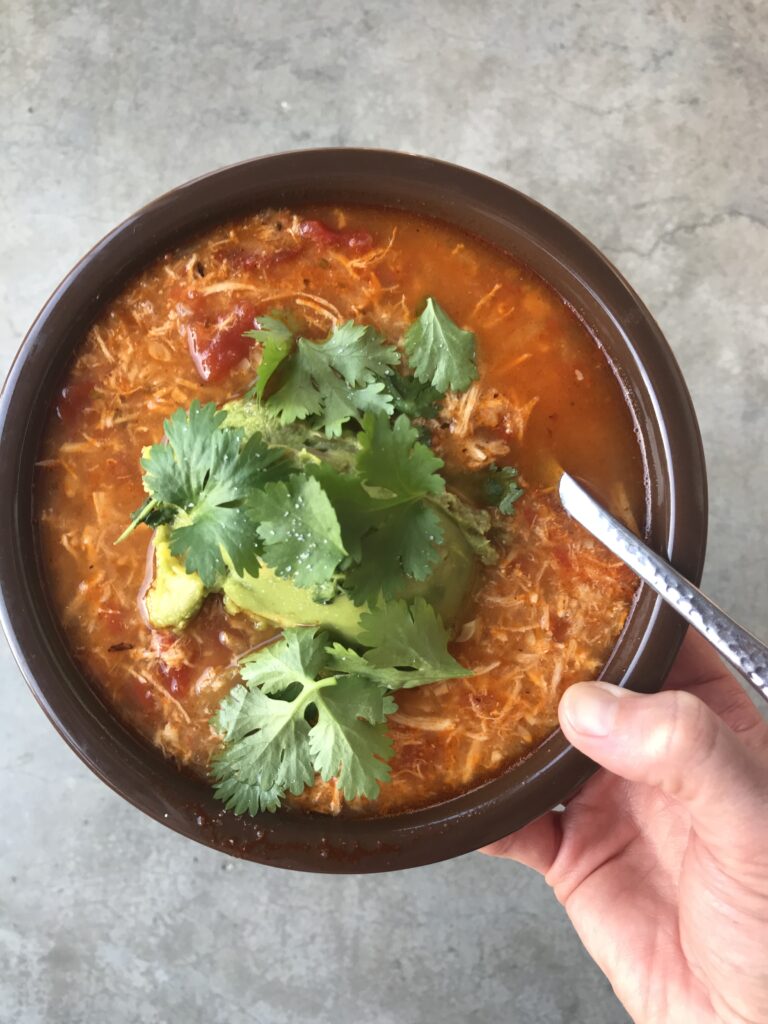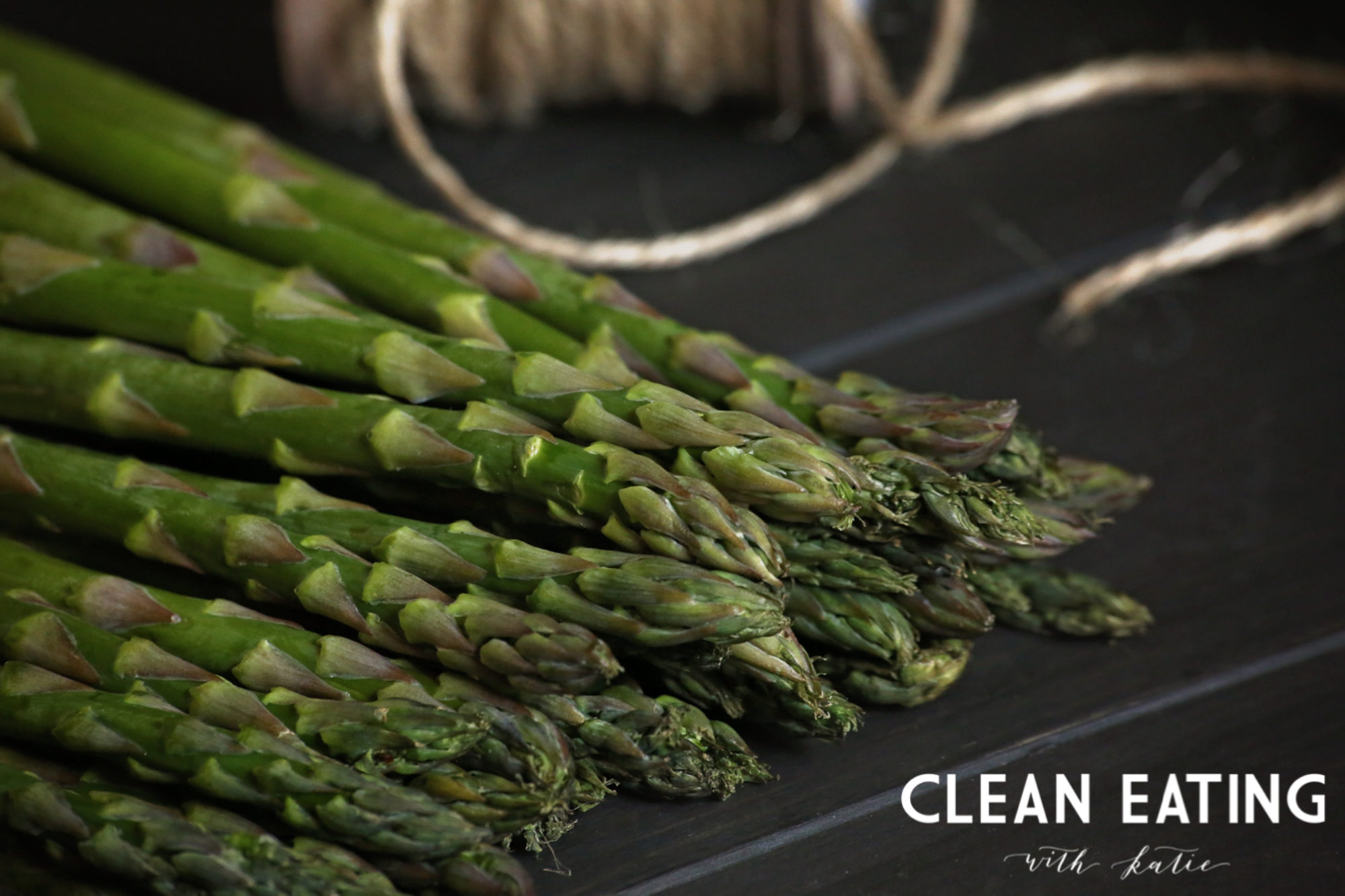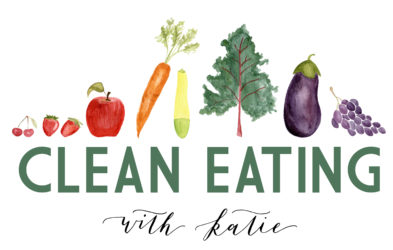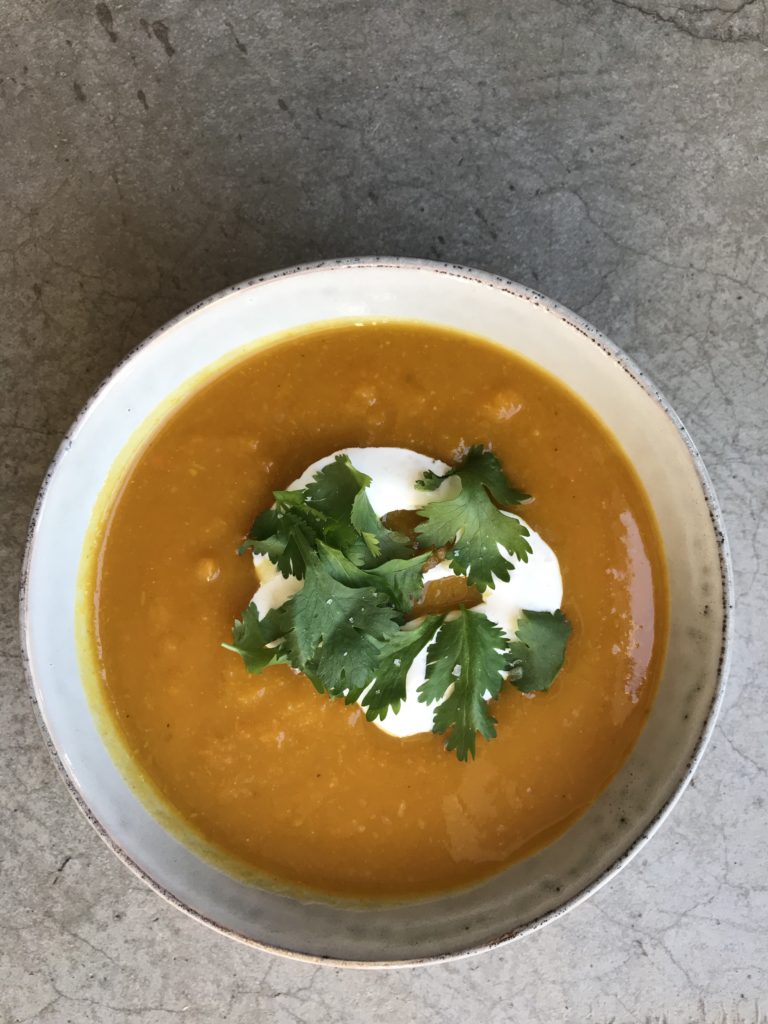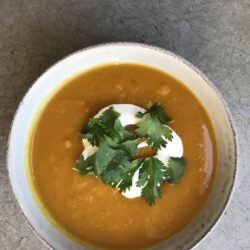Back when Jim and I were first married and I began eating meat again, I found that I loved Chicken Tortilla Soup. Once we went Paleo, I had to remove the black beans, the tortillas, and corn. Over the years it has been tweaked a bit, but here’s the current recipe – perfect for the winter.
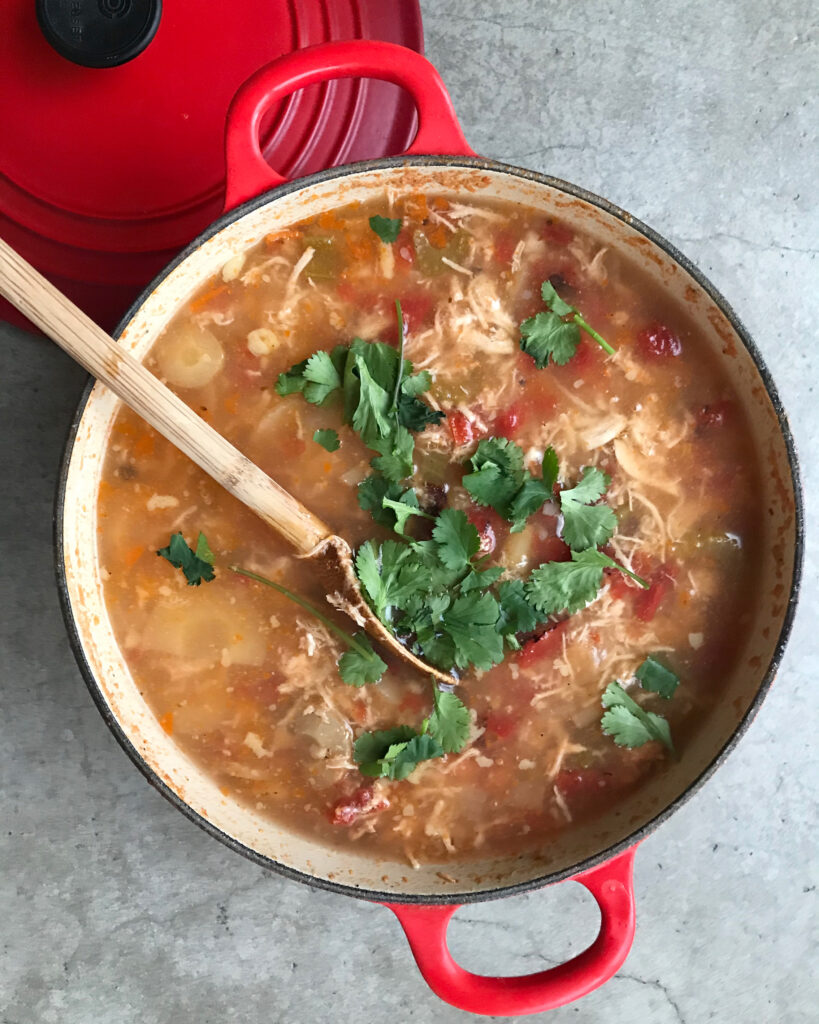
RECIPE:
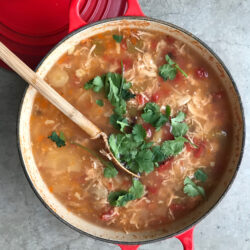
Chicken Tortilla(less) Soup
Equipment
- mixer (hand or stand)
Ingredients
Soup Ingredients
- 2.5 lbs chicken breasts pasture raised
- 24 oz chicken bone broth
- 32 oz fire roasted tomatoes
- 4 med. carrots sliced
- 6 celery stalks sliced
- 1 med. onion diced
- 3 cloves garlic minced
- 2 limes juiced
- 1 tbsp cooking fat butter, ghee, etc.
- 2 tbsp cilantro chiffonade, optional garnish
- 2 avocados diced, optional garnish
Spice Blend
- 1 tsp sea salt
- ground pepper to taste
- 1 tsp ground coriander
- ½ tsp cumin
- ½ tsp chili powder or to taste
- ½ tsp cayenne or to taste
- ½ tsp dried oregano
Instructions
Directions:
- Saute onions and garlic over medium-high heat in a large soup pot with 1 tsp cooking fat. Once translucent, add in celery and carrots cooking and stirring for about 1 minute.
- Add both cans of diced tomatoes, bone broth, and chicken. Bring to a boil. Add in spices and stir. Once it come to a boil, reduce heat to medium. Cook for 15-20 minutes or until chicken reaches an internal temp of 165° F. Remove from heat.
- Shred chicken using one of the methods below. Then add chicken back to soup, stir, and add lime juice. Garnish as desired.
Shredding Chicken
- Handmixer: add cooked chicken to a large bowl and turn on the mixer at a low speed. This will shred the chicken – voila! Caution – hot chicken bits might fly about your kitchen.
- Stand mixer: using the paddle attachment, add cooked chicken to the stand mixer and turn on low. Increase the speed only 1-2 levels. This will also shred the kitchen EASY PEASY. Caution – hot chicken bits might fly about your kitchen.
